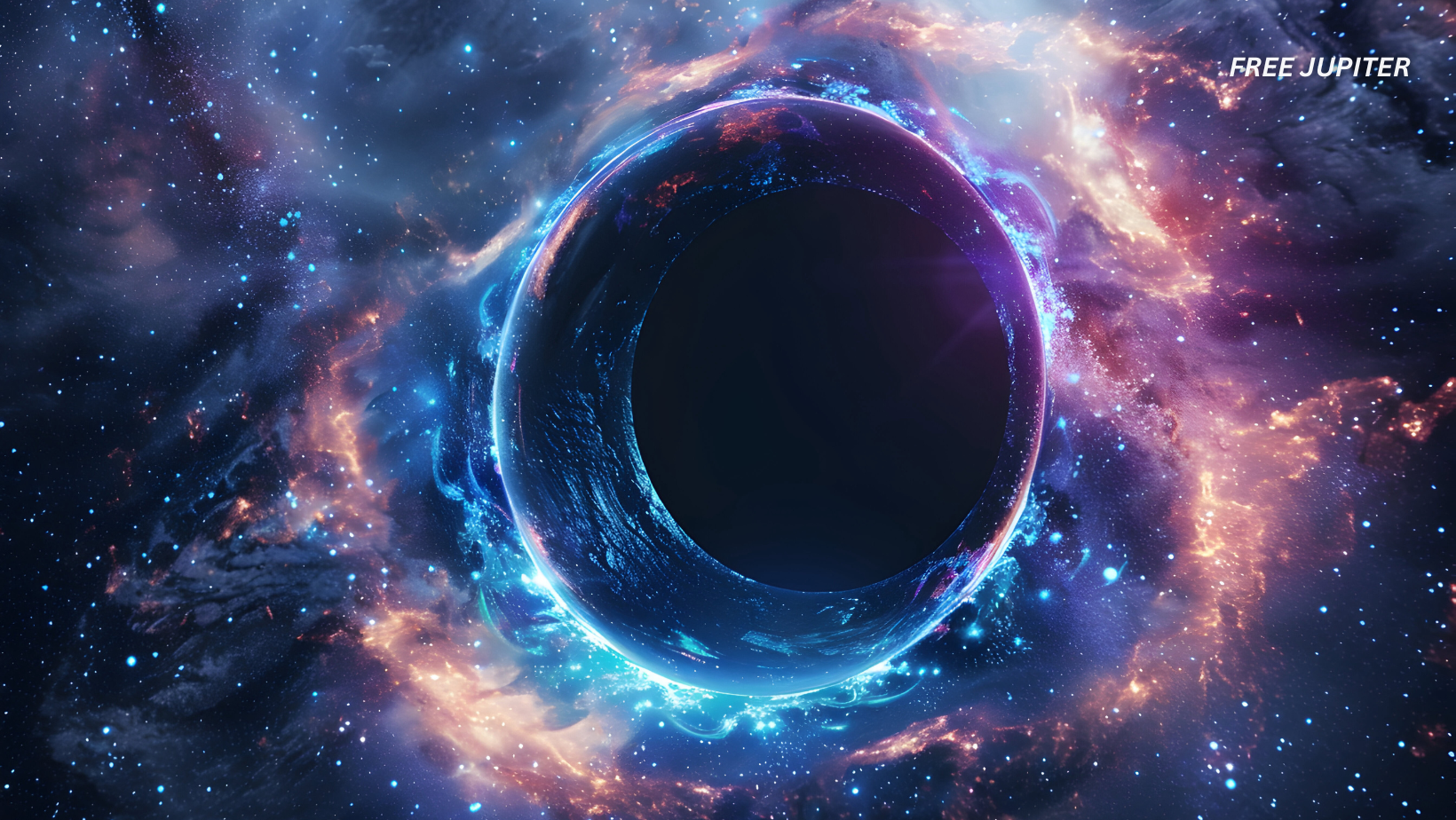In a twist worthy of cosmic fiction, researchers have managed to bring a wild theoretical idea-first imagined over half a century ago-into the real world. For the first time, a laboratory has hosted a phenomenon known as a “black hole bomb.” While this may sound like the setup for a sci-fi blockbuster, the experiment is rooted in rigorous physics and offers fresh insight into some of the universe’s most puzzling behaviors.
From Thought Experiment to Tabletop Reality
The story of the black hole bomb begins in 1969, when physicist Roger Penrose proposed a mind-bending way that spinning black holes could, in theory, unleash vast amounts of energy. The idea simmered in the background of astrophysics for decades, intriguing scientists but remaining out of reach-until now.
Rather than wrangling an actual black hole (which, for obvious reasons, would be a logistical nightmare), the team constructed a safe and clever laboratory model. This “toy version” uses a rotating metallic cylinder and an arrangement of magnetic coils to mimic the energy dynamics of a real black hole. The experiment is designed to be entirely safe, with its “explosion” being more of an energetic amplification than a cosmic detonation.
How the Black Hole Bomb Works (Without a Black Hole)
Here’s the quirky twist: the laboratory black hole bomb doesn’t involve any actual celestial monsters. Instead, it’s all about simulating the way energy can be trapped and multiplied in the presence of a spinning object. In the experiment, the rotating cylinder stands in for a black hole, and the magnetic coils act like mirrors, bouncing energy back and forth.
When the cylinder spins, it interacts with electromagnetic fields in a way that echoes the predicted behavior of a spinning black hole. If the conditions are just right, energy that enters the system doesn’t just bounce around-it grows stronger, feeding on the rotation. This runaway amplification is the “bomb” effect: energy builds and builds, all starting from a tiny seed of noise.
“A mechanically rotating metallic cylinder not only definitively acts as an amplifier of a rotating electromagnetic field mode but also, when paired with a low-loss resonator, becomes unstable and acts as a generator, seeded only by noise,” the research team explained.
Read more: Scientist Claims To Have Evidence Our Entire Universe Is Trapped Inside a Black Hole
A Safe Playground for Dangerous Ideas
One of the main perks of this laboratory setup is its safety. Real black holes are notorious for their destructive power, but the lab version is entirely benign. The controlled environment allows researchers to poke and prod at the physics in ways that would be impossible (and inadvisable) with the real thing.
This isn’t just an exercise in curiosity. By controlling the variables, scientists can test predictions about energy extraction, wave amplification, and the strange interplay between rotation and energy in extreme environments. The experiment offers a unique window into how energy might be harvested from spinning objects, even if those objects are light-years away and shrouded in mystery.
The Penrose Process and the Roots of the Bomb
The original inspiration for this experiment, the Penrose process, is a theoretical mechanism by which energy can be extracted from a spinning black hole. Penrose’s idea was that if you could send something into the swirling chaos around a black hole, it might come back out with more energy than it went in, thanks to the black hole’s rotational power.
The black hole bomb is a turbocharged version of this concept. If energy is reflected back toward the black hole again and again, it could be amplified to dramatic levels. In space, this could lead to explosive releases of energy-though, thankfully, the lab version is much tamer.
Read more: Scientists Confirm the Existence Of Dark Stars Powered By Dark Matter
Spinning Cylinders and Negative Frequencies: The Zel’dovich Effect
The experiment also confirms the so-called Zel’dovich effect, another piece of theoretical physics that has long awaited experimental proof. The key is the idea of “negative frequencies.” When the cylinder spins fast enough, it can interact with electromagnetic waves in such a way that the waves’ frequency appears negative from the cylinder’s perspective. This leads to a situation where, instead of absorbing energy, the cylinder actually amplifies it.
The researchers managed to create conditions where this amplification ran away, just as predicted. The result is a self-sustaining feedback loop-a laboratory echo of what might happen near a real spinning black hole.
Why This Matters: Beyond Cosmic Curiosity
While the black hole bomb may sound like a cosmic party trick, it has serious implications for science. By demonstrating these principles in the lab, researchers can test ideas about energy extraction and the behavior of waves in extreme environments. These findings could one day inform new technologies for harnessing energy or inspire advances in quantum mechanics.
The experiment also sheds light on the mysterious spin of black holes. In the universe, black holes are not just static voids-they spin, sometimes at incredible speeds. Understanding how this spin interacts with energy and matter is key to unraveling many cosmic mysteries.
Potential for Future Discoveries
The laboratory black hole bomb is just the beginning. Scientists are now equipped with a new tool for exploring the wild frontier of high-energy physics. The insights gained from these experiments might even ripple out into fields like quantum computing or the study of gravitational waves.
As physicist Vitor Cardoso of the University of Lisbon put it, “If new fields exist, we should be seeing, for instance, gravitational waves being emitted from this cloud around black holes, or we should see them spinning down because they’re giving their energy away to these new particles”.
Read more: Rabbit Hole in Farmer’s Field Leads To ‘Mystery Caves’ Used By The Knights Templar
A Glimpse Into the Universe’s Secret Workings
This quirky, controlled experiment brings us a step closer to understanding the universe’s most extreme engines. The black hole bomb, once a far-off theoretical oddity, is now a tangible phenomenon-albeit in miniature, and without any risk to our corner of the cosmos.
By turning a cosmic conundrum into a tabletop experiment, scientists have opened a new chapter in the study of energy, waves, and the fundamental laws that govern reality. The journey from Penrose’s chalkboard to a spinning aluminum cylinder in a lab is a testament to human curiosity and ingenuity.
And who knows? Today’s “toy model” could be tomorrow’s blueprint for harnessing energy in ways we’ve only begun to imagine. For now, the black hole bomb remains a fascinating example of how the universe’s strangest ideas can sometimes find a home right here on Earth.










